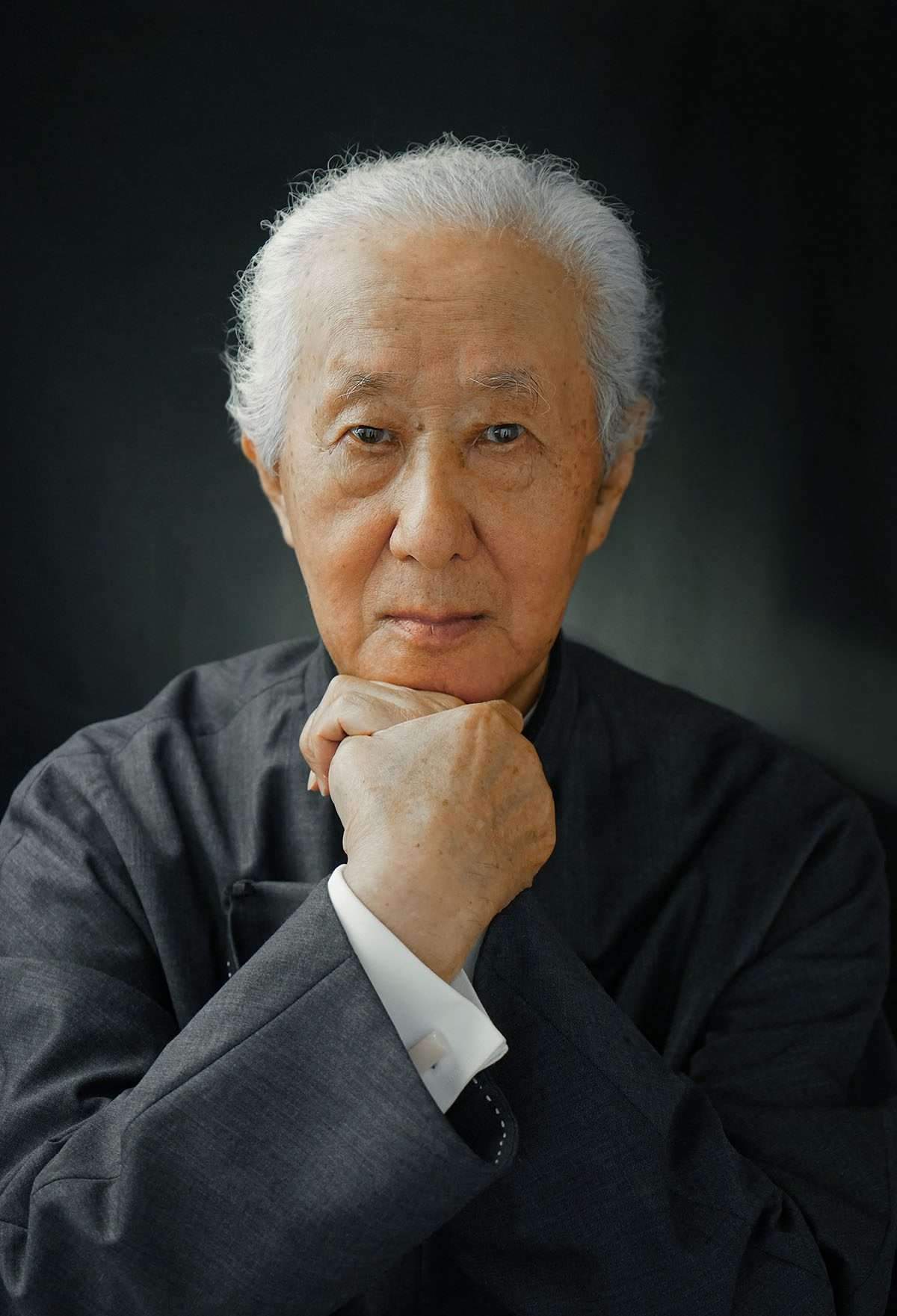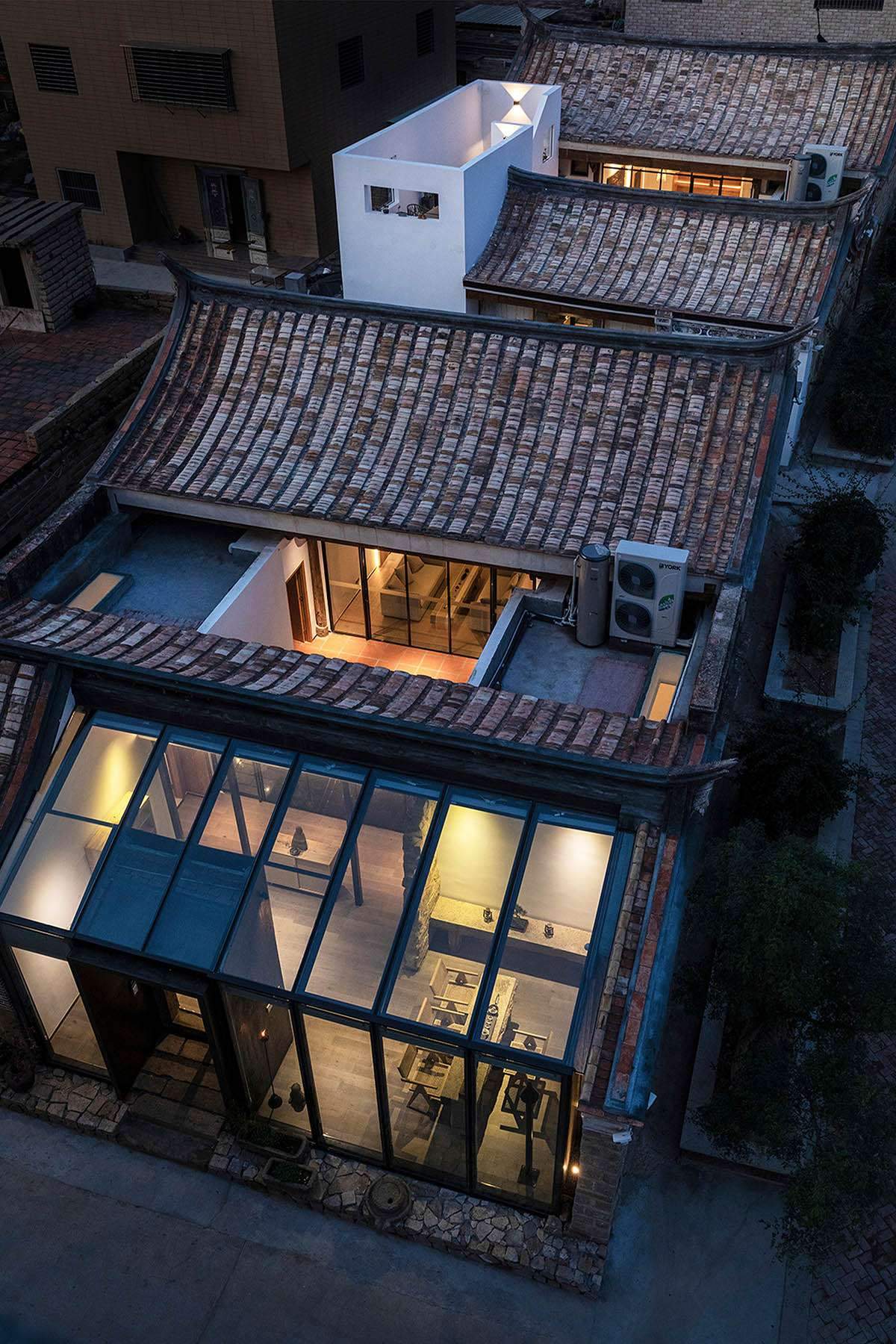Japanese architect Arata Isozaki dies at the age of 91
Renowned Japanese architect, city planner and landscaper Arata Isozaki,
winner of the 2019 Pritzker Architecture Prize, has passed away today, Thursday, December 29.
At the age of 91, he died on the island of Okinawa, where he had lived for a decade.
Isozaki was one of the most influential architects of post-war Japan,
a place that defined how the war affected him and guided his career in architecture.
Although the cause of Arata Isozak’s death was not revealed,
the Spanish newspaper La Vanguardia reported that he underwent heart surgery two years ago and was suffering from lung disease.

The career of Arata Isozaki
Isozaki’s prolific career has seen him build more than 100 projects, spanning Asia,
Europe, North America, the Middle East and Australia, making him work on a global scale.
Although Isozaki’s early projects were influenced by Europe and represented examples of “neo-brutalism”,
such as the Oita Prefectural Library built between 1962-1966 in Oita, Japan.
His works later became symbols of the international modernist movement such as the Museum of Contemporary Art in Los Angeles.
His architecture has been described by the British architectural historian Rainer Banham as “metabolic architecture”.
Rejecting the idea of stylization from time to time,
Isozaki believed that each project could be designed with a special solution arising from its own context.
When he won the Pritzker Architecture Prize in 2019,
the Pritzker Jury described him as “a versatile, influential and truly international architect”, in a jury citation.
The jury added: “What is abundantly clear is that he was not following directions but making his own way.”
In a jury citation, his work was described as “heterogeneous and includes descriptions from the vernacular to the high-tech”.
His rich repertoire also includes projects in many scales and styles and in many countries,
giving him a deep commitment to “space art”.
His notable works include the Oita Prefectural Library in 1966,
The Expo 70 Festival Plaza in Osaka in 1970.
and the Kitakyushu Municipal Museum of Art in Fukuoka in 1974,
and the Museum of Modern Art in Gunma in 1974, which were emblematic of his early work.

Notable works by Isozaki
Isozaki’s later notable works include the Museum of Contemporary Art in Los Angeles in 1986, and the Mito Art Tower in Ibaraki in 1990.
The Palau Sant Jordi in Barcelona in 1990, the Disney Team Building in Florida in 1990,
and the Nara Centennial Auditorium in Nara in 1998.
and Ceramics Park Minu in 2002 in Gifu, Shenzhen Cultural Center in 2007,
Central Academy of Fine Arts, Beijing Art Museum in 2008.
Allianz Tower in Milan in 2014, Qatar National Convention Center in Doha in 2011,
Shanghai Symphony Hall in 2014 and Hunan Provincial Museum in Changsha in 2017.
He has received many prestigious awards, including the RIBA Gold Medal for Architecture in 1986, and the Annual Award.
In addition to the Architectural Institute of Japan, for the Oita Prefectural Library and Museum of Modern Art,
Gunma in 1967 and 1975, and Leon Doro at the Venice Architectural Biennale,
as commissioner for the Japanese Pavilion in 1996, he was awarded the Pritzker Prize for Architecture in 2019.

Arata Isozaki
Isozaki was born in 1921 in Oita, Kyushu Island, Japan.
He graduated from the University of Tokyo in 1954, majoring in both architecture and engineering.
He began his career by working under the direction of Kenzo Tang,
winner of the Pritzker Architecture Prize in 1987.
In 1963, he established his own company, Arata Isozaki & Associates.
Arata Isozaki once said:
“In order to find the most appropriate way to solve these problems,
I couldn’t think of a single style. Change became constant. Ironically, this was my own style.”
Moreover, his contributions to architectural theory can be represented by a futuristic project,
called City in the Air, developed in 1962 in Tokyo, Japan.
He envisioned a future plan for Shinjuku – one of Tokyo’s 23 city wards,
and the plan included elevated tiers of buildings, residences,
and transportation suspended above the old city in response to rapid urbanization.
Although the plan was not worked out, Isozaki continued to plan cities that had accelerated economies,
with the most recent developments he made in China and the Middle East.
Upon winning the 2019 Pritzker Architecture Prize, Hyatt Foundation President Tom Pritzker said,
Isozaki was one of the first Japanese architects to build outside Japan at a time when Western civilizations had traditionally influenced the East,
Which made its architecture distinctively influenced by it. Global citizens – truly international.”
“In a global world, architecture needs that connection,” Pritzker added.
“Isozaki is a pioneer in understanding that the need for architecture is both global and local – and that these two forces are part of a single challenge,
” said Stephen Breyer, Pritzker Architecture Prize jury chair.
“For many years, he has been trying to ensure that regions of the world that have a long tradition in architecture are not limited to this tradition,
but help spread those traditions while at the same time learning from the rest of the world,” Breyer added.
For more architectural news
Zaha Hadid Architects creates weatherproof shelters and housing units for displaced communities







